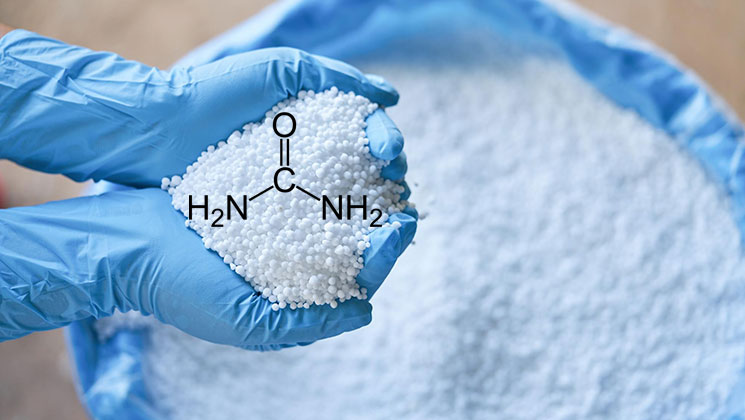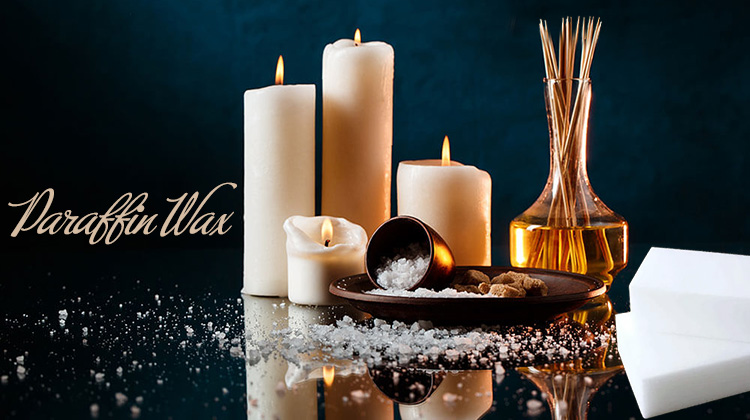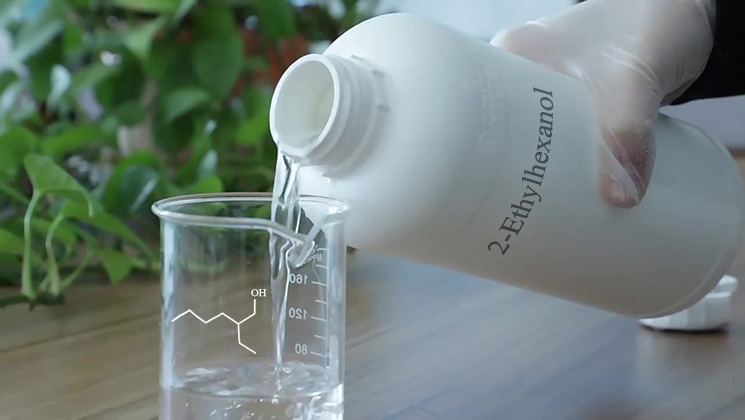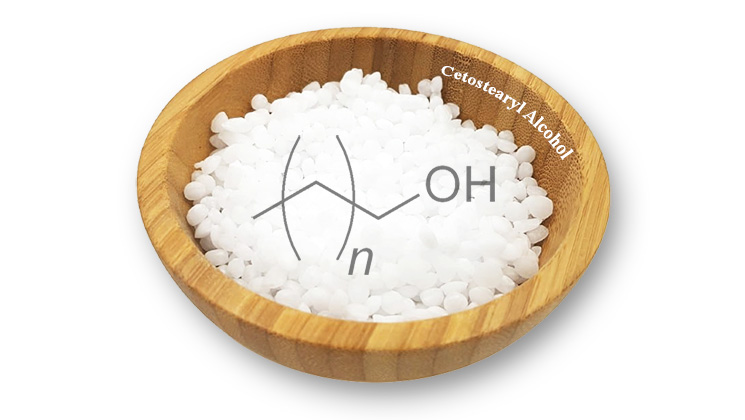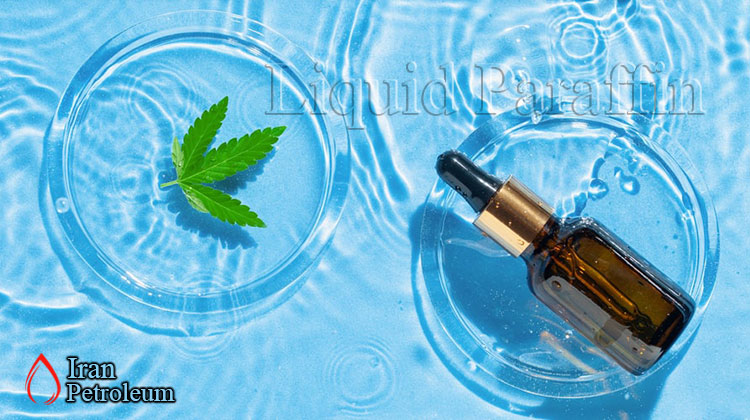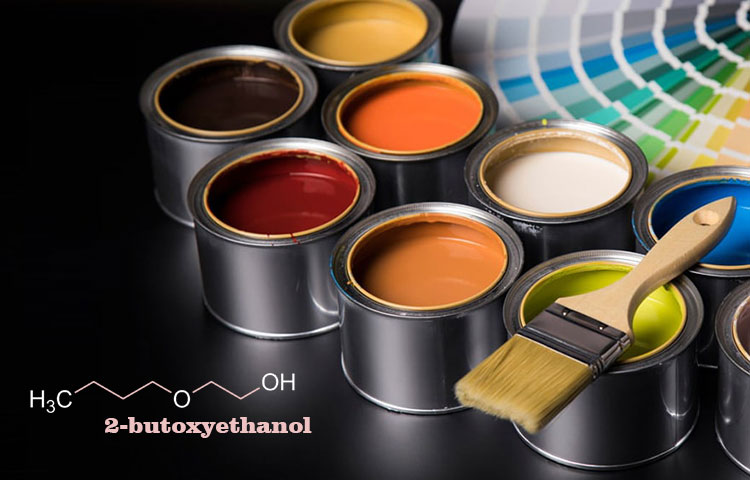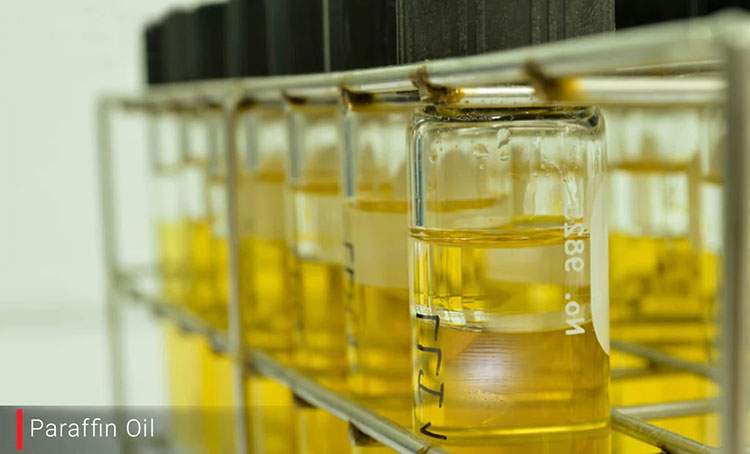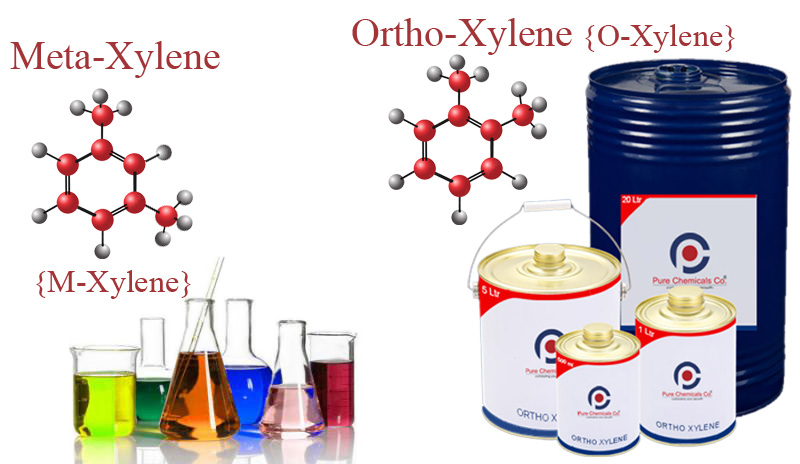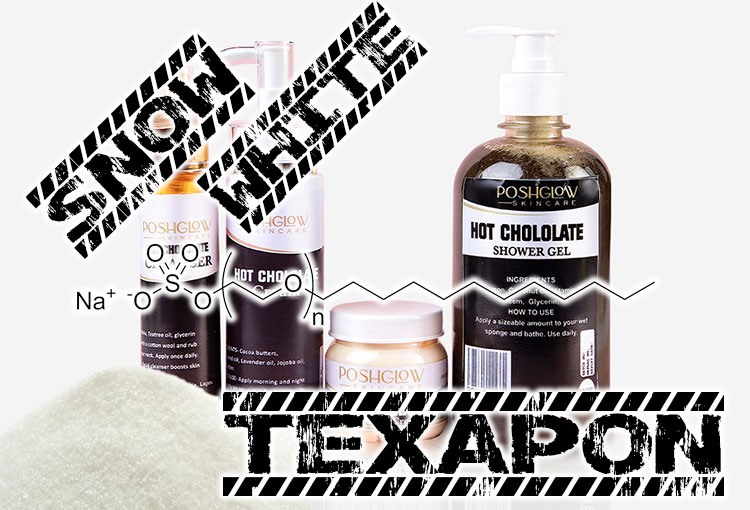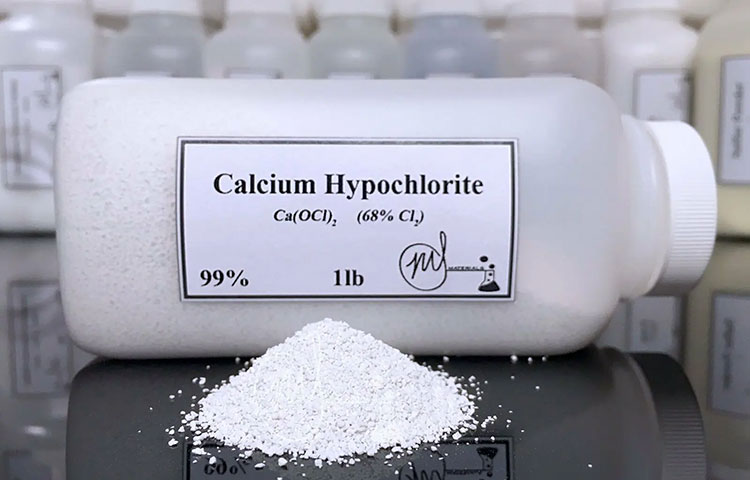Urea
The world’s most widely used solid nitrogen fertilizer is urea CO(NH2)2. Animal urine also contains urea, which is commonly found in nature. This material is efficient for transferring to farms and applying to fields because of its high N content.
The method of production of Urea
In order to produce urea fertilizer, ammonia gas (NH3) and carbon dioxide (CO2) are combined at elevated temperatures and pressures. By using specialized granulation equipment, molten urea is formed into spheres or hardened into a solid prill by falling from a tower. Biuret can be harmful when sprayed on plant foliage when two urea molecules combine during urea production. Due to carefully controlled conditions during manufacturing, most commercial urea fertilizers contain only low levels of biuret. In some cases, though, the chemical with lower biuret content can be used for special purposes. NH3 is the main input for urea production, so the material manufacturing plants are generally located near NH3 production facilities. There are several methods for transporting this material around the world, including ocean vessels, barges, rails, and trucks.
The application of Urea in different industries
1. Agriculture
It is estimated that more than 90 percent of global urea production is destined for use as a nitrogen-releasing fertilizer. The nitrogen content of urea is the highest among all solid nitrogenous fertilizers in common use (46.7%). As a result, it is the nitrogen nutrient with the lowest transportation costs.
When it is hydrolyzed in the soil, it returns to ammonia and carbon dioxide. Plants are able to absorb nitrate from the soil when ammonia is oxidized by bacteria. There are also many formulations of solid fertilizers that contain the chemical. In combination with ammonium nitrate, the chemical is extremely soluble in water, making it an ideal fertilizer for use in fertilizer solutions (e.g., foliar feed). Due to their narrow particle size distribution, granules are preferred for the application of fertilizers.
Biuret is the most common impurity that occurs in synthetic urea, and its presence must be less than 2 percent of the time to prevent the growth of plants.
The amount of urea spread in farm
The amount of urea spread will vary depending on the type of farm and region, but the actual rate of spread will be between 40 and 300 kg/ha. To minimize leaching losses and increase the efficiency of nitrogen use, it is better to apply several small to medium applications at intervals rather than one heavy application. To reduce loss of nitrogen from volatilization (the process of converting nitrogen into ammonia gas in the atmosphere),the chemical should be spread prior to or during rain during the summer. The use of this material in combination with other fertilizers may result in problems of physical quality.
Click on the link below to read more:
